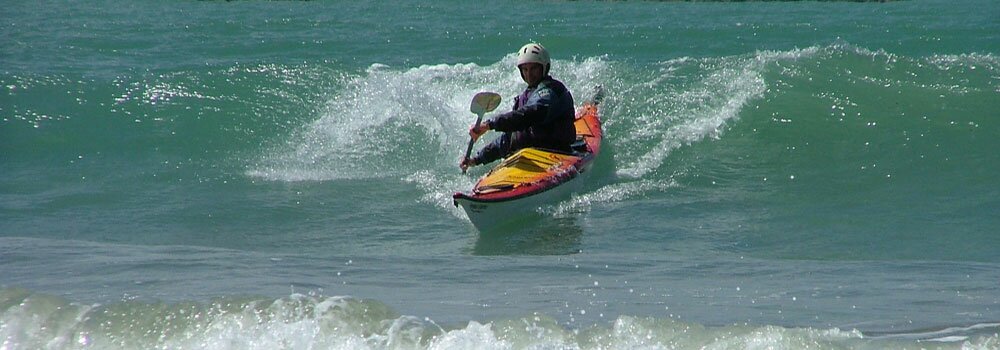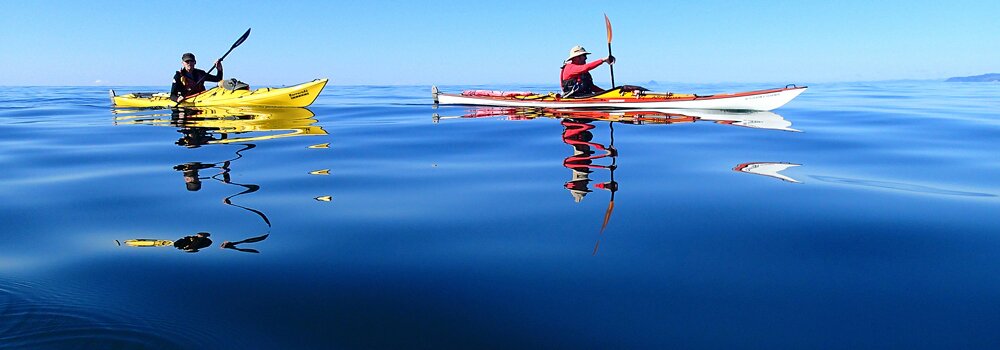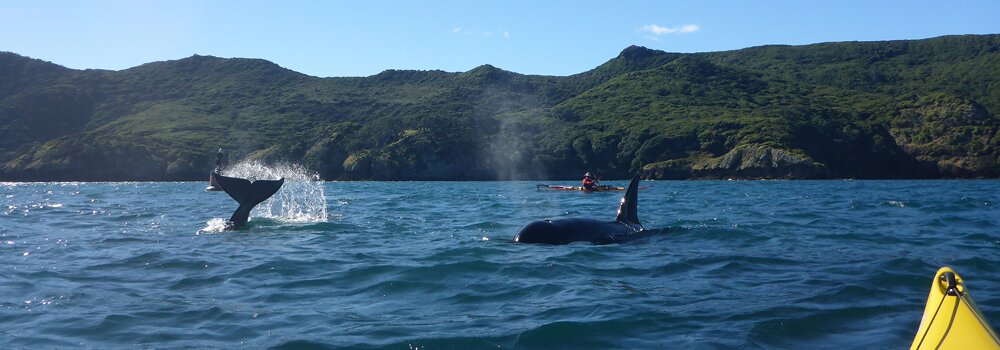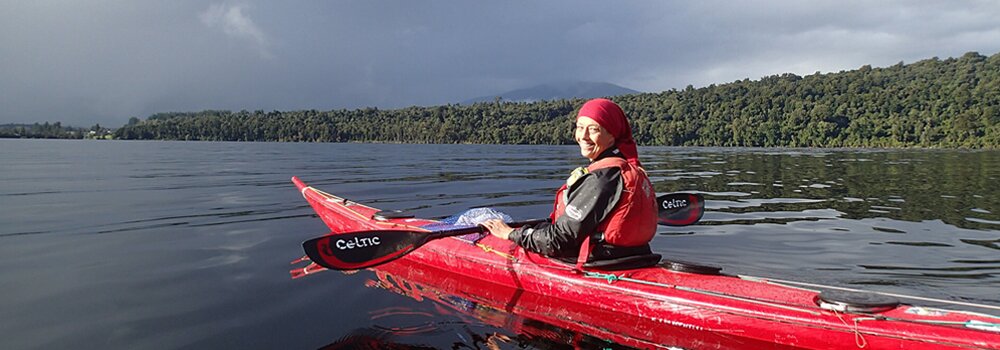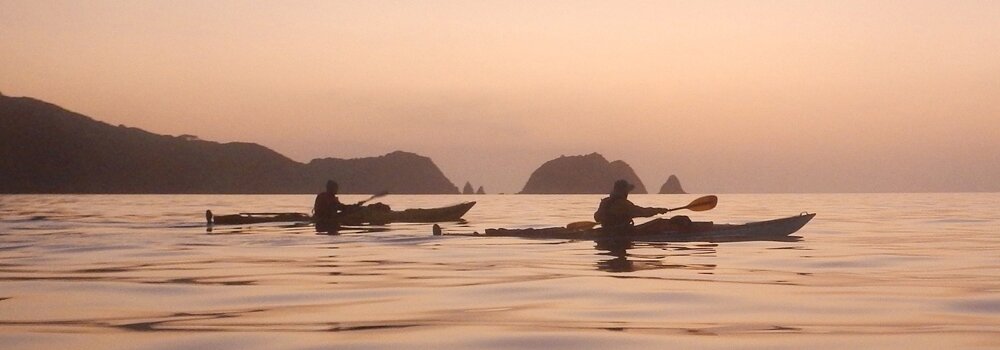Emergency Communications
Buying a VHF radio
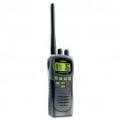
Most important thing to do –
Having removed your new radio from its box, switch it to the International setup. There are usually the options UIC.
U is for use in the USA
C is for use in Canada
I is for use in the rest of the world, including New Zealand
If you don’t do this, on some channels you will not hear a reply to your call.
EPIRBs Old and New
The “old” EPIRBs will be obsolete by February 2009. Well, yes and no! All EPIRBs transmit on 121.5 MHz, it’s just that the new ones also transmit on 406 MHz as well. An old one will still work though to a limited extent. All aircraft monitor 121.5 MHz and will continue to do so. The frequency, 121.5 MHz, is the one that all craft will use to home in on your position. If you can alert an aircraft directly with the old EPIRB, or using another communications device, call for help, that old EPIRB will still be useful as a homing-signal generator.
If you paddle in conditions and places where the best emergency equipment might be crucial, buy a new 406 MHZ PLB or EPIRB with GPS – See the PLB page.
If you have an old EPIRB and are going to buy a new one, give the old one away to someone who wouldn’t otherwise have or buy one and doesn’t paddle in the “extreme” conditions and places that you do. Otherwise see the PLB page for how to dispose of it.
If you are paddling regularly and want or need to “call home” to keep people up to date with your position or condition and want an emergency call device with GPS tracking, then look at SPOT. It costs $NZ349 and $US150 a year registration fee (check these prices for changes). This is cheaper, if you use its message feature regularly, than a new EPIRB. It has the advantage of pre-programmed “I am OK and this is where I am” messages as well as “I have a problem, tell ‘Fred’ and this is where I am” to “I need help immediately and this is my position”.
Finally and most importantly, two items – water proofness and batteries.
You need to keep your cell phone dry. Cell phone drybags can be bought for as little as $5.00 at places like Mitre10. Your VHF radio might be rated as waterproof but a drybag keeps the stress off the seals and might improve the long term reliability.
It is no good having the best emergency communications device available if the batteries are flat. Check your cell phone and VHF batteries every time you head out paddling. Better still, make it a routine that they go on charge the night before.
KASK's aims are to:
1. Promote and encourage the sport of sea kayaking2. Promote safety standards
3. Develop techniques and equipment
4. Deal with issues of coastal access and protection
5. Organise sea kayak forums around the country
6. Publish the Sea Canoeist Newsletter and the KASK Handbook
